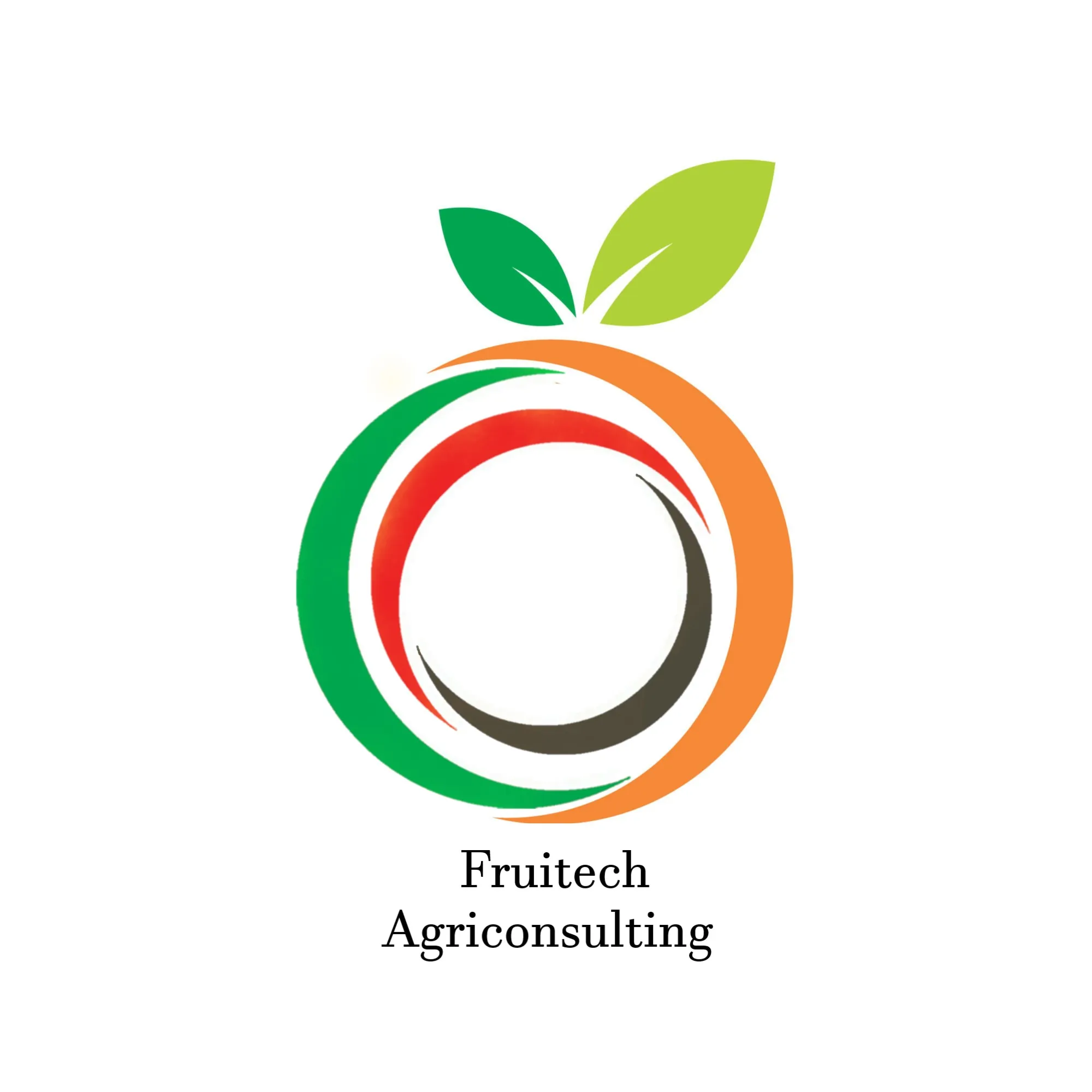Over 30 years of experience in over 15 countries
Career Highlights

Windmill Fertilisers, Zimbabwe
Putting into practice my masters in Crop Protection, I accurately identified a wide range of pests and diseases on an equally diverse range of crops which enabled the correct treatment to be applied and so saving the grower uncertainty, money and stress. Crops ranged from wheat, maize, barley, millet, sorghum, rice, soyabeans, tea, coffee, chicory, tobacco, cotton, groundnuts, passion fruit, potatoes, onions, bananas, citrus, stone fruits, pip fruits, roses, chrysanthemums, proteas etc. I identified pesticides that would add value to the national farming programme, either by having new modes of action or being more effective than products already in the country. I then registered several pesticides for national use; insecticides, nematicides and fungicides after trialling them on commercial farms and company research farm. The process included accurate data collection, statistical analysis, cost-benefit analysis and reports for submission to the ministry of Agriculture.
Open days were held to demonstrate to the farming community the superiority of a trial product so that when registered there was already interest in it. Successfully prevented any cases of pesticide resistance by encouraging the concept of rotating pesticides from different groups to avoid resistance building up – the addition of a contact product was encouraged when using a systemic product. Improved the sales of company products by training sales staff, highlighting our products and benefits over competitor products on the market. This company had never ever had an order from a tea or rice estate until I helped a tea estate with their new passion fruit project. That breakthrough opened the door for other tea business. The company gained useful business from the rice estates after I identified their problem as being caused by the nematode Aphelenchoides sp. and recommended a treatment that worked well.

Outspan International Citrus, South Africa
As the first manager responsible for Zimbabwe and Mozambique getting to know the citrus crop was a steep and sharp curve but a lot of fun. In this new project, twenty one growers banded together to plant just over a thousand hectares of citrus in a very short period. Technically, it was a very exciting role as I had support from the Outspan Citrus Centre (now called Citrus Research International). Using climatic and soil data I was able to suggest rootstocks, varieties, plant spacing etc. The suitability and quantity of irrigation water was assessed. Nutrition, irrigation scheduling, pruning, pest and disease management were part of my technical advisory. I took growers to South Africa to visit commercial citrus packhouses before they were ready to invest in packhouses so they had a good idea of what was involved.
I guided the packhouses on packing procedures, sanitary treatments and wax applications. Before long we had our first exports of citrus to the UK. The feedback on quality, packaging and post- harvest issues was great. Before leaving Outspan I discovered a new citrus disease that had not ever been reported in Zimbabwe. After involving scientists from South Africa and Argentina it was diagnosed as Cercospora angolensis. After two seasons of exports I left and started my own consultancy business working with citrus but also, mangos, avocados, litchis and passion fruits.

Grupo Rica, Dominican Republic
This citrus project was in need of a lot of attention.
By the time I left the fruit on the trees was projected to yield about 25 % more over the previous years.
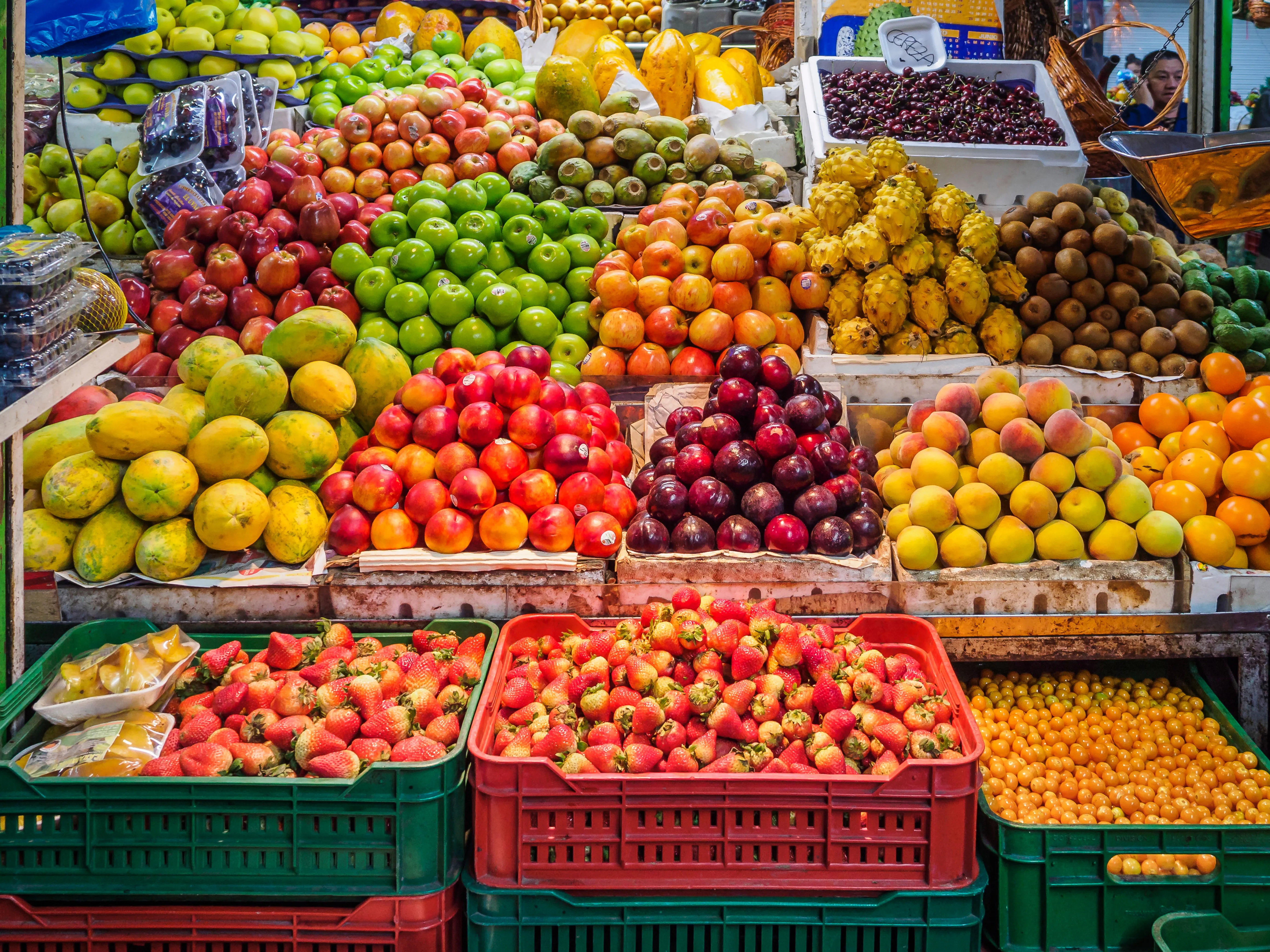
A1 Fruit, UK
We supplied citrus, pineapples and apples to the processing industry. The most interesting challenge had been with pineapples from Ghana which had just changed from the Smooth cayenne variety to the new super sweet MD2 variety. The pineapples were glassy when cut through. After spending some time in Ghana looking into this issue I found that this was due to over application of Nitrogen fertiliser. It appears that the company in South America that provided the MD2 planting material had given the fertiliser regime of Nitrogen and Potassium in the opposite doses – the Nitrogen dose was given at double the required rate. Once this was addressed the problem ceased on the new crops. High Nitrogen causes fast growth resulting in thin cell walls which allow cell electrolytes to leak into the intercellular spaces and that is what causes the glassy appearance of the cut flesh
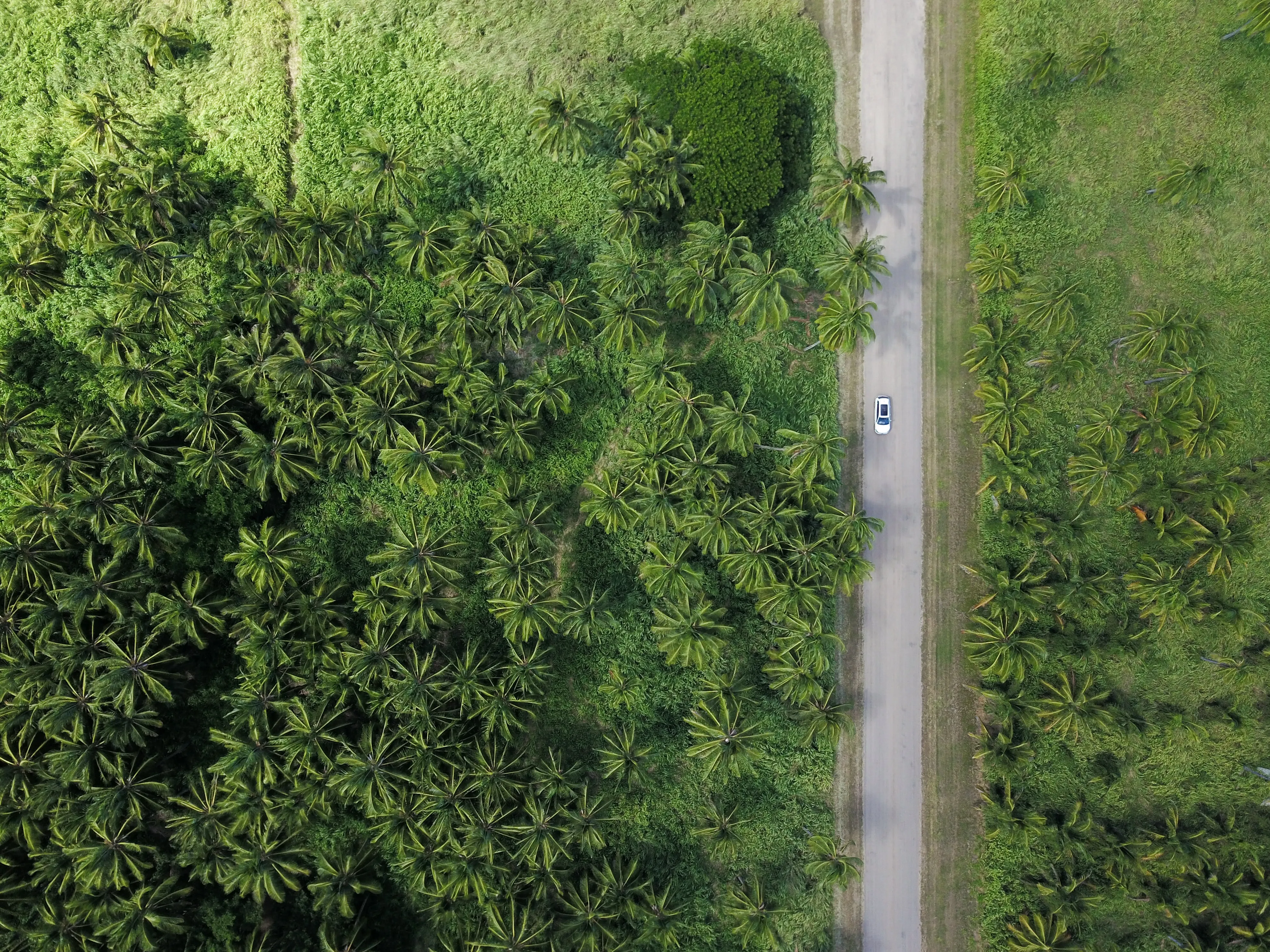
Chingford Fruit, UK
This was a dedicated supplier of certain fruits to Sainsburys and Waitrose supermarkets. Citrus was one of these fruits and Sainsburys had instructed Chingford to hire a citrus person who had ‘first hand’ knowledge of citrus to handle sustainability. In this role as Citrus Sustainability Manager, I worked with citrus growers/co-operatives in Spain, Portugal, Morocco, Cyprus, USA (Florida), Mexico and South Africa rolling out our Sustainability agenda. This work was supported by Blue North of South Africa with whom we created a sustainability card for Sainsburys to use as a mini-audit of a suppliers sustainability status, if they ever wished to. We developed a tool to assess sustainability at farm level and tis tool incorporated the ability to assess the carbon footprint of products we imported. One of the first issues I had to appreciate the different languages, cultures and ways of doing things in different countries. Having started this project with the top management in each company/co-operative it was reasonably easy to manage the project. In addition to identifying the major components of the carbon footprint of each product, one interesting case involved a lime supplier in Mexico. Looking at the orchards it was not hard to see that the trees were of different sizes/ages. I was told that this was normal for this part of the country and that each year a few trees died and got replaced. By year twelve, all trees in a field were replants!! I studied the symptoms and confirmed that this was wood pocket. The simple but effective solution I provided has meant no more deaths from trees made in the nursery in the way I suggested.
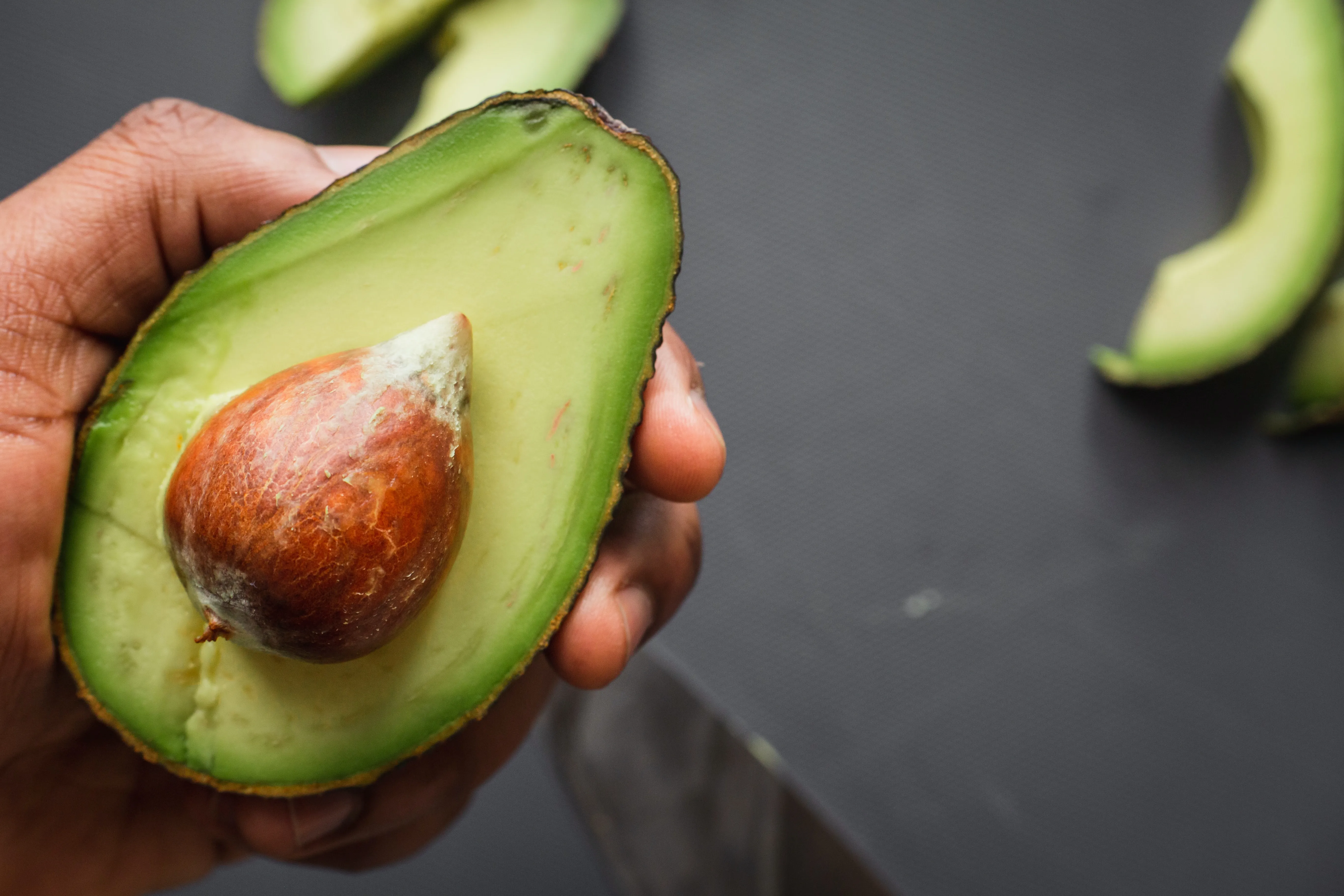
H L Hall and Sons, South Africa and Europe
I was mandated to create and oversee a project to grow avocados in southern Europe/north Africa so as to provide Halls with fruit during the counter season to the South African season. We first needed find co-operating grower partners. From my years o travelling in different countries i had a large numbers of personal contacts to call upon. With this i was able to deliver the five potential partners in five different countries. Unfortunately, Halls decided not to invest in land for the moment. Sometime was spent at the farms in South Africa where the litchi cropped as reported to have False Codling Moth problems. For two reasons I was not convinced that this was the issue; didn’t look exactly like the false codling moth larvae and the presence of a huge hectarage of very old pecan plantations in close proximity made me think it possible a Pecan pest. Bringing in a specialist entomologist, it was confirmed that the problem was the pecan borer and not false codling moth. Another interesting aspect of this role was visiting European ports where non-conforming avocados had arrived from South America, South or East Africa. Identifying the problem and the delving into the cause; be that agronomic or cold chain issue as highly satisfying. Feedback to growers was intended to bring the attention to their problem with some suggestions on preventing recurrence.
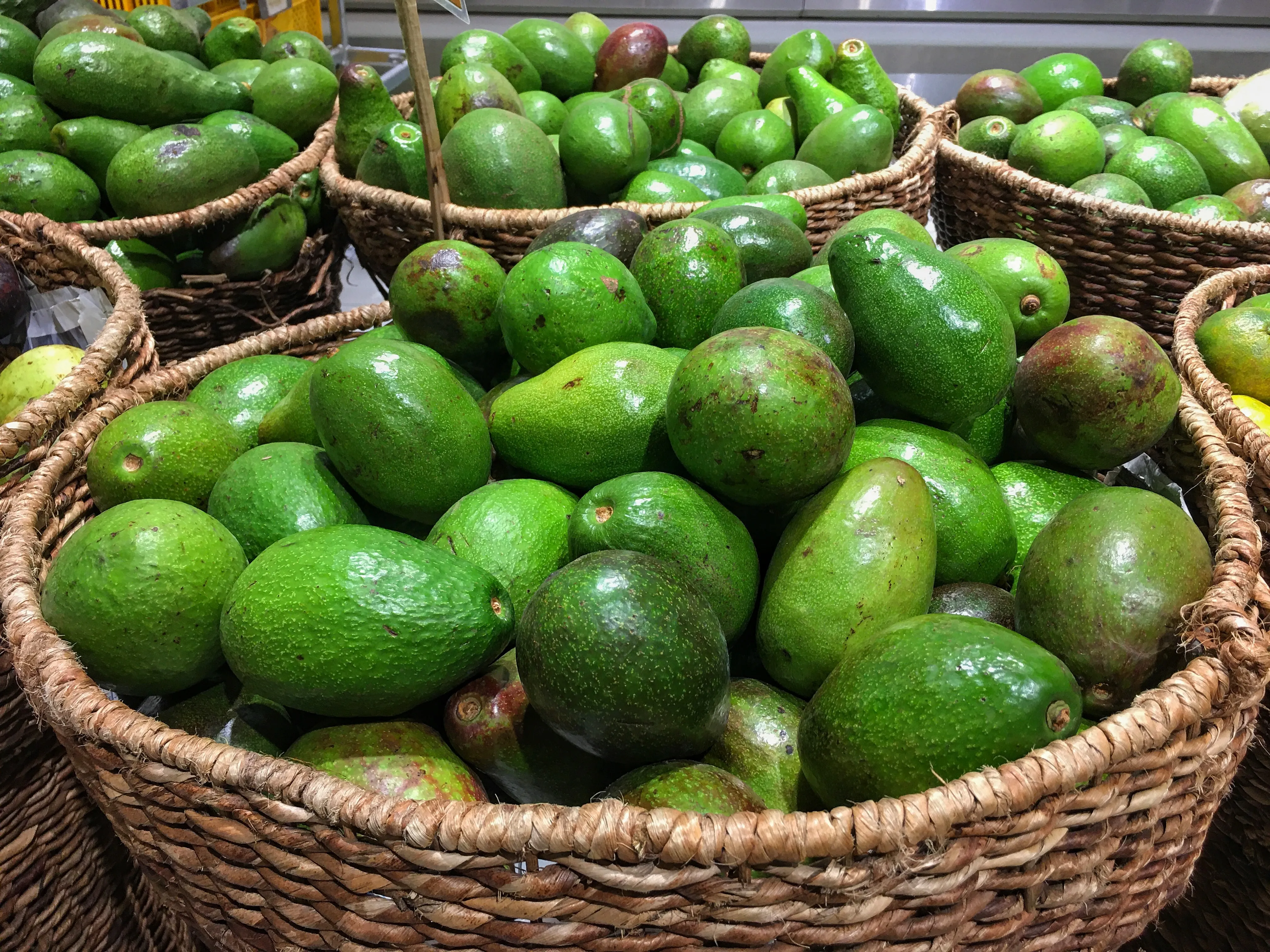
Eurocados, Portugal
In Portugal I successfully led the land preparation of 400 Ha for avocados and also, again using my contacts negotiated with Lynwood nursey in New Zealand to be Eurocados’s technical mentors for clonal avocado production in Portugal. During this time I was mentored a trial planting in Greece which was successful and will now be planting a bigger area. Also, in the same period I discovered new symptoms on one of my citrus growers farm. I have identified this to be Amycosphaerella africana, a close relation of Mycosphaerella citri which causes Greasy spot of citrus, normally in hot humid climes. Again, using a scientific approach we were able to bring this disease down into a ‘minor’ issue category.
Let's see if we should work together.
-
Successfully introduced new crops to large growers
-
Depth and breadth of experience from rootstock and soil to irrigation, disease management and pruning
-
Led by latest evidence based scientific principles and techniques
-
Track record of increasing yields by over 25%
-
Years of quality control experience with importers, with an eye for identifying and managing pathology at the source
-
Years of work in citrus and avocado growing
-
Track record of successful disease control of disorders caused by newly imported pathogens
-
Fluent in over six international languages
